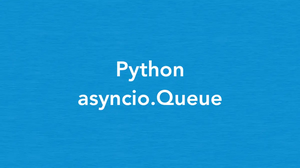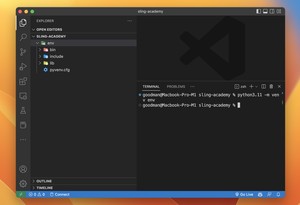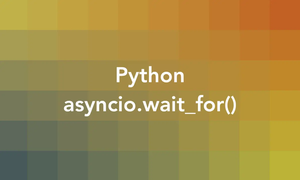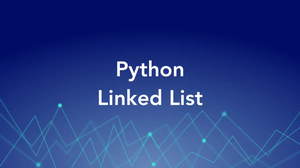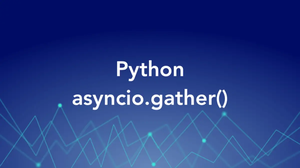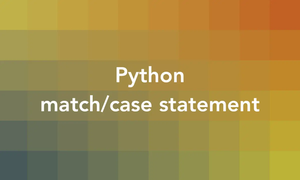Scaling a cryptofeed in a high-frequency trading (HFT) environment is a challenging task due to the sheer volume and speed at which data needs to be processed. High-frequency trading involves executing a large number of trades in fractions of a second, making it essential to have a scalable and efficient architecture for consuming and processing cryptocurrency market data from various exchanges. This article explores key strategies and code snippets for optimizing cryptofeeds for HFT.
Understanding the Cryptofeed Basic Structure
At the core, a cryptofeed is a framework that connects to cryptocurrency exchanges, retrieves feed data, and processes this data. The first step in scaling involves understanding how these workflows operate. Below is a basic structure demonstrating how to connect and fetch market data using a Python-based cryptofeed.
from cryptofeed import FeedHandler
from cryptofeed.exchanges import Coinbase
from cryptofeed.defines import BID, ASK
async def trade(feed, pair, order_type, side, amount, price, order_id):
print(f"Pair: {pair} Price: {price} Amount: {amount} Side: {side}")
fh = FeedHandler()
fh.add_feed(Coinbase(pairs=['BTC-USD'], channels=[BID, ASK], callbacks={BID: trade, ASK: trade}))
fh.run()Multi-threading and Asynchronous Handling
One of the traditional approaches to scaling any application is the use of multi-threading or asynchronous handling. Python’s asyncio library plays a crucial role here. It's essential to avoid blocking the main thread and instead utilize the non-blocking nature of asyncio to handle incoming feeds concurrently.
import asyncio
async def handle_data(feed, pair, data):
# Process the incoming data here
pass
async def main():
tasks = []
for i in range(100): # Example: Simulating multiple connections
tasks.append(handle_data("feed", "BTC-USD", "data"))
await asyncio.gather(*tasks)
asyncio.run(main())Horizontal Scale with Distributed Systems
In high-frequency trading environments, singular systems often fail to meet performance criteria; hence horizontal scaling is imperative. Deploying cryptofeeds across multiple servers helps distribute load effectively. Tools such as Kubernetes or Docker Swarm can orchestrate the scaling of applications, ensuring the deployment is both efficient and resilient.
# Docker example for deploying a cryptofeed container
FROM python:3.9
WORKDIR /app
COPY . /app
RUN pip install cryptofeed
CMD [ "python", "your_script.py" ]
After preparing Docker images, these containers can be deployed with Kubernetes as shown below:
apiVersion: apps/v1
kind: Deployment
metadata:
name: cryptofeed-deployment
spec:
replicas: 10
selector:
matchLabels:
app: cryptofeed
template:
metadata:
labels:
app: cryptofeed
spec:
containers:
- name: cryptofeed
image: your_docker_username/cryptofeed:latestData Aggregation and Storage Optimization
Another important consideration is efficient data management. High-frequency trading setups generate a copious amount of data. Use analytical databases like ClickHouse or time-series focused databases like InfluxDB, which are optimized for the storage, analysis, and compression of time-series data.
For instance, storing feed data using ClickHouse can be set up via the following code:
from clickhouse_driver import Client
client = Client('localhost')
client.execute('CREATE TABLE IF NOT EXISTS market_data (timestamp DateTime, price Float32, amount Float32) ENGINE = MergeTree() ORDER BY timestamp')
# Insert sample data
client.execute('INSERT INTO market_data (timestamp, price, amount) VALUES', [(datetime.now(), 45600, 0.5)])Conclusion
Scaling cryptofeeds for high-frequency trading involves combining various strategies and technologies. Multi-threading, distributed systems, containerization, and efficient data aggregation are key. By effectively implementing these strategies, we can ensure the cryptofeed system scales and performs optimally in high-frequency trading environments.




